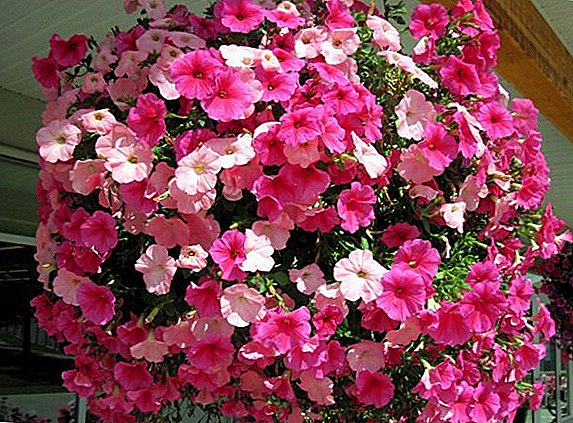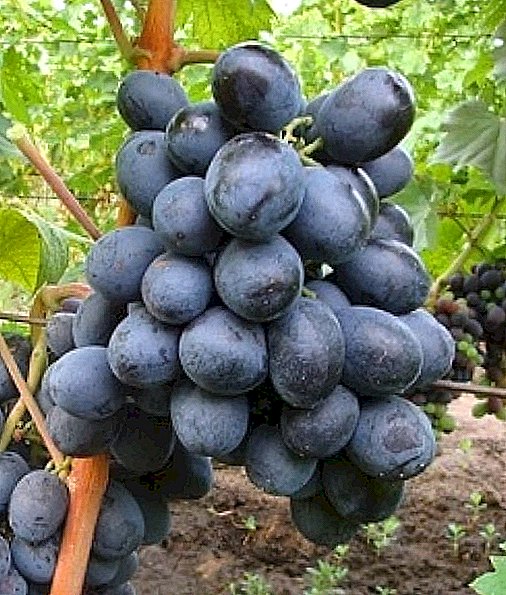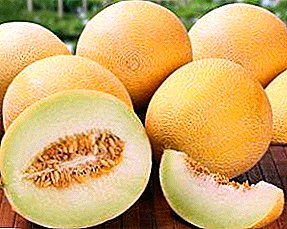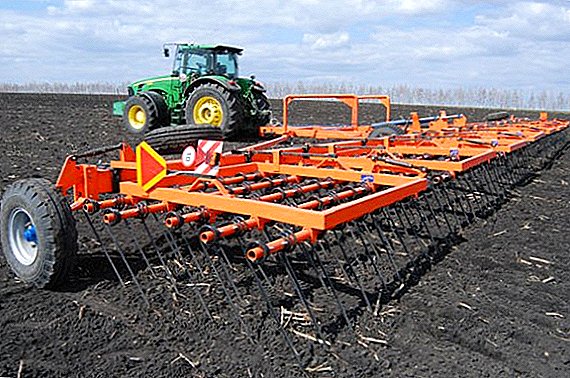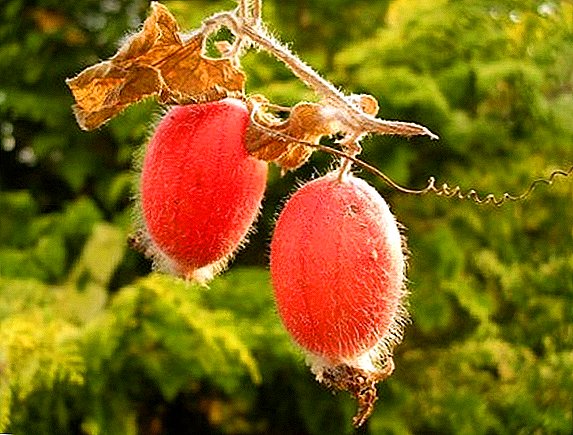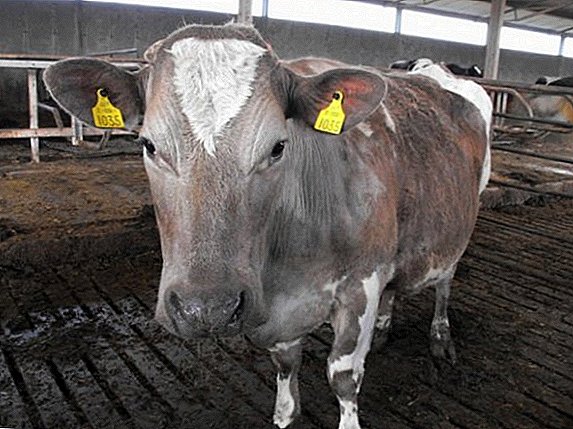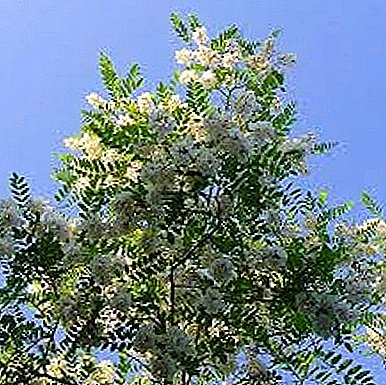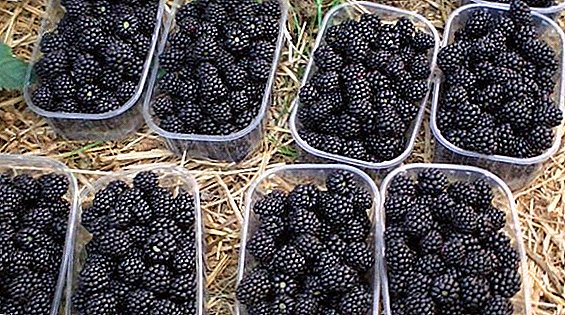
In tropical and subtropical forests African, Asian, American Representatives of the Begonian genus, which includes more than 900 species and about 2000 hybrid forms, grow in abundance.
It - herbaceous plants, shrubs and bushes, among them you can find both evergreen and leaf dropping. In the second half of the last century, they settled in Europe, and thanks to the decorative leaves and flowers, they were fallen in love with gardeners.
Begonias are rarely affected by pests and diseases, but if you notice unpleasant changes in the appearance of leaves or flowers, you must identify the cause and cure your pets.
Begonia diseases and their treatment, pests and their control

Begonia Leaf Diseases
- Why Begonias rot, curl around the edges, dry or fall leaves, you can find out below:
- The leaf is covered with small bright spots, which, gradually expanding, cover the entire surface of the leaf blade with a white powdery coating, does the leaf darken and dry? You are seeing powdery mildew symptoms.
- On the leaves, the tops of the shoots and flowers appear white spots with a slight gray bloom, gradually they darken, become brown, damp, the stems rot and break off, when the humidity decreases, the rotten areas on the leaves dry and fall out, the leaves are covered with large holes? This disease is called gray rot.
- The underside of the leaf is covered with watery specks, like fragments of glass, over time they darken to brown, do the leaf petioles darken? This is bacterial spotting.
- Is the leaf gradually covered with light spots, dead spots, is the leaf bronze? We are seeing ring spots.
Treatment: 2 grams of copper sulphate, 20 grams of tar soap per 1 liter of water or any fungicide for indoor plants.
Treatment: 1% solution of Bordeaux mixture, a solution of 2 grams of copper sulphate and 20 grams of soap per 1 liter of water, fungicides.
The disease is not cured, the diseased specimen is destroyed and the pots are disinfected.
Prevention: treatment with 0.5% suspension of copper oxychloride, with repeated spraying after two weeks.
Sick plant is destroyed Since the ring spot is viral in nature, the virus is well preserved in the cells and cannot be cured. Carriers of pathogens are insect pests, so it is important to destroy them in time and carry out appropriate preventive measures.
Definition of the disease as a flower

- Are the flowers covered with brown, damp rot? This is a sign of gray mold.
- Blackening of flowers is observed with ring spot.
Determination of pest infestation and the type of parasites as the leaves
- Begonia is weakened, it blooms poorly, the leaf brightens and deforms, can there be a bloom of sugary species on which the fungus settles? The plant is affected by a soft soft shield.
- spraying infusion of garlic, 10 grams of garlic per 1 liter of water, re-spraying in 12 to 14 days.
- spraying with any pesticide for indoor plants according to the instructions for the preparation, repeated spraying is necessary.
- The leaf turns yellow, oval-shaped insect clusters are clearly visible on its underside, their size reaches 2.5 millimeters, and the color of light yellowish or greenish color is aphid and its larvae. They feed on juice, weakening their host, and can tolerate dangerous viral diseases.
- a solution of laundry soap at the rate of 20-30 grams per 1 liter of water.
- shag infusion, 20 grams per 1 liter of water, infusion time - 2 days.
- any insecticide, at your discretion.
- Yellowing of the leaves is observed, insects up to 1.5 mm can be found on the underside of the leaf. with 2 pairs of wings, covered with white bloom? This is a two-winged wing; it and its larvae, like aphids, feed on the sap of the plant, they carry diseases.
- Begonia lags far behind in growth, leaves become discolored, turn yellow, brown insects can be found on the leaves, up to 1.5 mm in size. with 2 pairs of wings? This is thrips.
- spraying with a solution of laundry soap at the rate of 40 grams per 1 liter of water.
- spraying infusion or decoction of tobacco, 100 grams per 1 liter of water.
- Slowing plant growth is associated with the appearance of gall nematodes, it is a worm up to 1.2 mm in length, which inhabits the roots and the lower part of the stem, and forms galls for laying eggs. The nematode causes rotting of the root system and the death of its host.
- Shoots thicken, bend, light spots appear on the leaves, severely affected specimens die? The reason is a tiny worm with dimensions up to 1 mm. - leaf nematode.
Soft pelletizer - insect up to 5 mm., Transparent, covered with a wax-like, yellowish bloom, it and its larvae colonize the edges of the leaf, veinlets and feed on the juice, which entails its weakening and death.
Ways of protection:

Ways to protect:
Ways of protection:
Regular spraying with a solution of laundry soap at the rate of 40 grams per 1 liter of water.
Ways of protection:
Ways of protection:
Begonias are watered with heterophos at the root.
Ways of protection:
Processing plants heterophos solution.
Determination of the type of pest by type of damage to the flower
- Buds, flowers and leaves of begonia fall - the cause may be plant infestation by aphids
- Flowers have an ugly shape - the cause is most likely are thrips.
Proper farming will help your pets to be always healthy and to delight you with the beauty of their appearance. They say that there are no ugly flowers, there are flowers neglected. Sick plants are more likely to grieve than please - so may your begonias be always healthy!
A photo
Next, you will see photos of diseases and pests of begonias:




Useful material
Below is a list of articles that may be of interest to you.
- Types of begonias:
- Evergreen begonia
- Red Begonia
- Begonia Elatio
- Begonia terry
- Begonia bower
- Coral Begonia
- Begonia meson
- Begonia Borschavikolistnaya
- Begonia Ampelnaya
- Cleopatra Begonia
- Royal Begonia
- Spotted Begonia
- Deciduous Begonia
- Begonia Vorotnykovaya
- Care Tips:
- All the subtleties of home care for Tuberous Begonia
- Wintering of the tuberous begonia
- All about Begonia landing - from A to Z
- Pruning Begonias
- Wintering Garden Begonias
- Breeding Begonias
- Flowering Begonias
- Garden Begonia Care


